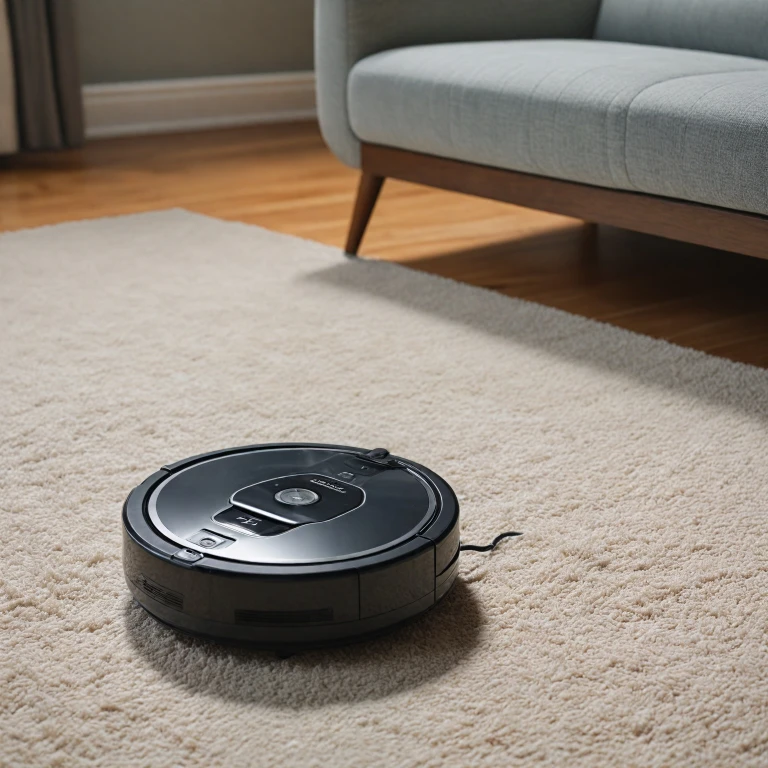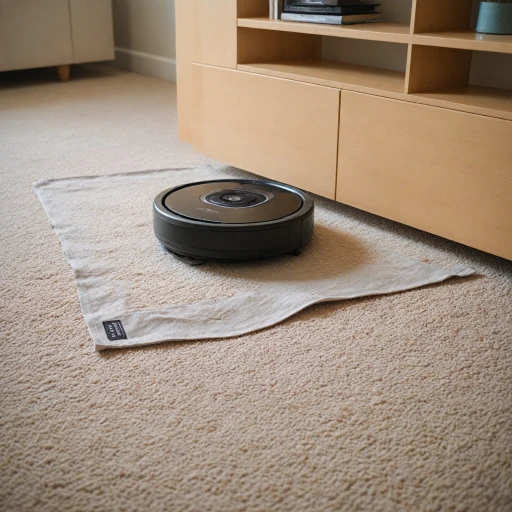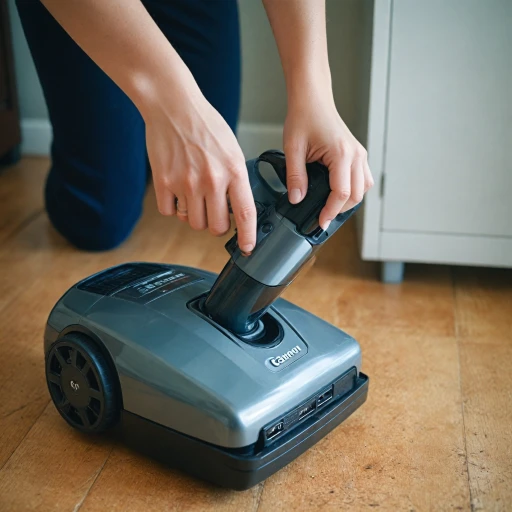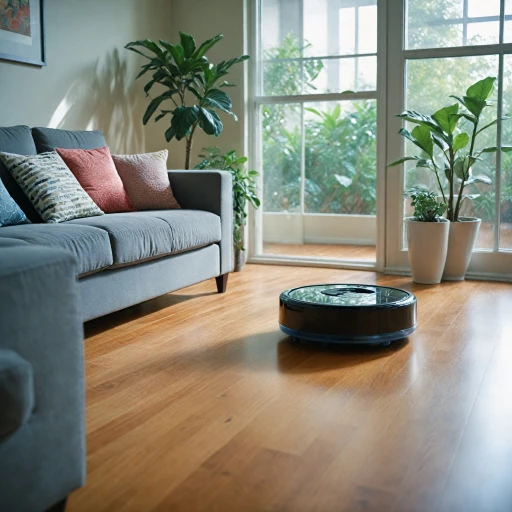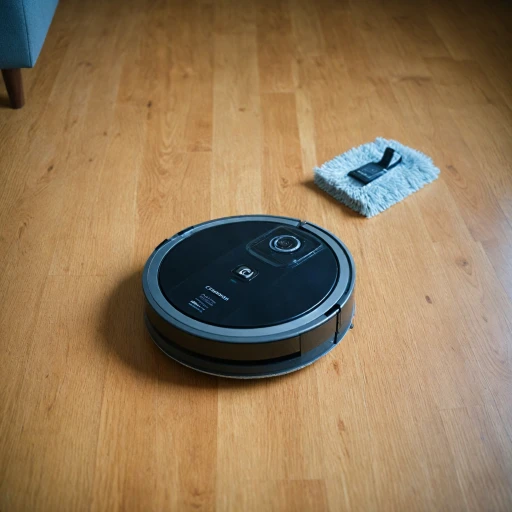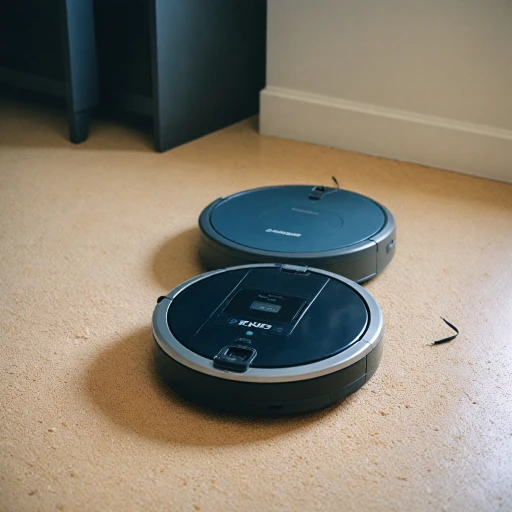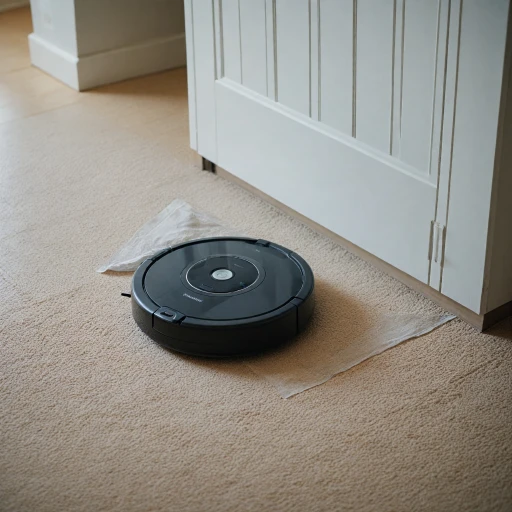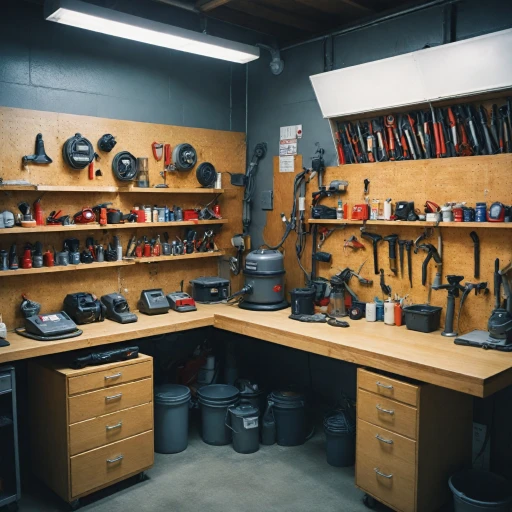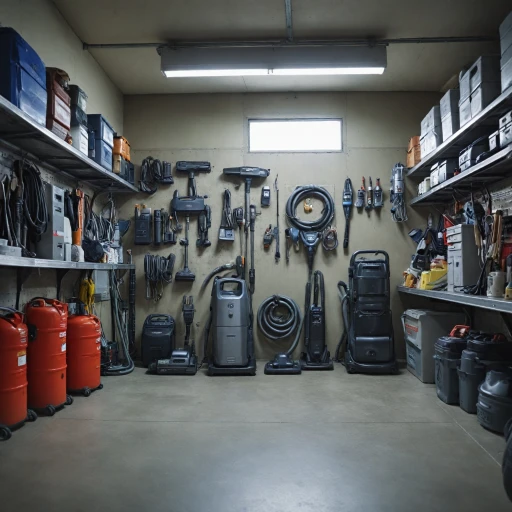
The Importance of Vacuum Filters in Robot Vacuums
The Critical Role of Filters in Robot Vacuums
In the world of robot vacuums, filters play an indispensable role in ensuring optimal performance and maintaining air quality in your home. These components are not just an accessory; they are crucial for capturing particles and preventing dust and debris from being recirculated into the air. Understanding the importance of vacuum filters can help you make informed decisions when purchasing or maintaining your robot vacuum cleaner.
Filters in robot vacuums are designed to trap various types of particles, including dust, debris, and allergens. This is particularly important for households with pets or individuals with allergies. The efficiency of a vacuum cleaner largely depends on its ability to capture these particles effectively. High-quality filters, such as HEPA filters, are known for their superior ability to trap even the smallest particles, ensuring that the air in your home remains clean and fresh.
When shopping for a robot vacuum, it's essential to compare different product features, including the type of filter used. Some vacuums come with foam filters, while others may use cartridge filters or filter bags. Each filter type has its own advantages and price points, so it's important to consider your specific needs and budget.
Regular maintenance and timely filter replacement are key to keeping your robot vacuum performing at its best. As you explore the different types of filters and their impact on performance, you'll also want to consider maintenance tips and signs that it's time for a filter replacement. This will ensure that your vacuum continues to operate efficiently and prolong its lifespan.
Types of Vacuum Filters Used in Robot Vacuums
Diverse Filter Options for Your Robot Vacuum
When shopping for a robot vacuum cleaner, the type of filter it uses is an important consideration. Vacuum filters come in different shapes and sizes, each serving a specific purpose in capturing particles and ensuring air purity. Here's a look at the common types used in robot vacuums:
- HEPA Filters: Known for their ability to capture at least 99.97% of dust debris and airborne particles as small as 0.3 microns, HEPA filters are highly effective. Ideal for allergy sufferers, these filters improve indoor air quality significantly.
- Foam Filters: Typically used as pre-filters to trap larger debris and extend the life of the primary filter, foam filters are easy to wash and reuse, making them a cost-effective option.
- Cartridge Filters: Offering convenience, cartridge filters are often designed for specific vacuum models. They are easy to install and replace, providing efficient filtration for everyday cleaning tasks.
- Filter Bags: Bag filters are used in some vacuum models to contain dirt and dust, reducing direct contact with allergens. They often require frequent replacements, which can increase the overall maintenance price.
Considering the role of dust brushes alongside filters in your robot vacuum can enhance its cleaning performance. Filters play a crucial role in determining how well your vacuum performs and can affect the overall sale price of the device. Evaluating the efficiency and cost of vacuum filter replacements will help you make an informed choice for your cleaning needs.
How Vacuum Filters Impact Robot Vacuum Performance
Performance Matters: Filters in Action
When it comes to robot vacuums, the filters play a crucial role in their overall performance. A well-functioning vacuum cleaner is not only about effective suction but also about how it manages to capture particles and keep the air clean. Essentially, a good filter—be it a HEPA filter, foam filter, or a pre filter—can significantly impact how your vacuum handles dust, debris, and allergens.
A HEPA filter is specifically designed to trap the finest particles, making it particularly useful for households with allergy sufferers. These filters ensure that the vacuum does not release allergens back into the air, leading to a healthier living environment. While HEPA filters often come at a higher price, their efficiency in capturing minuscule particles often justifies the cost for individuals concerned about air quality.
On the other hand, foam filters and cartridge filters are designed to capture larger particles and debris, serving as an initial barrier. Their primary function is to prevent the vacuum's motor from being clogged by larger dust and debris, thereby extending the lifespan of the vacuum cleaner itself.
It's essential to note that regular filter replacement ensures that the robot vacuum operates at peak efficiency. Over time, filters can become clogged with dust, reducing their effectiveness, which can diminish the vacuum's cleaning power. For those looking to shop for vacuum filters, considering a filter type that fits your specific needs can make a difference in the vacuum's performance and, ultimately, the air quality in your home.
For more insights on how different components contribute to your robot vacuum's performance, such as dust collection bags, you might find this understanding the role of dust collection bags in robot vacuums useful.
Maintenance Tips for Vacuum Filters
Proper Care for Long-lasting Vacuum Filters
Maintaining your robot vacuum's filter is essential for its optimal performance. Regular care ensures that your vacuum effectively captures dust, debris, and allergens, contributing to cleaner air and floors. Here's how to keep your vacuum filters in top condition:- Regular Cleaning: The frequency of cleaning depends on the type of filter. Foam filters require rinsing with water, while HEPA filters need gentle tapping to remove dust. Filters should dry completely before reinsertion.
- Inspect Filters: Routinely check for accumulated dust and debris. This helps identify when a filter is becoming clogged and may need more thorough cleaning or replacement.
- Replacement Schedule: Even with diligent cleaning, filters have limited lifespans. Robot vacuums vary, but generally, foam and pre-filters should be replaced every three months, while HEPA filters may last from six months to a year.
- Use Original Manufacturer Parts: While aftermarket options may seem cost-effective, using original parts ensures compatibility and efficiency. Always compare products and prices before purchasing replacement cartridges or filter packs.
Signs It's Time to Replace Your Vacuum Filter
Spotting the Need for Filter Replacement in Your Robot Vacuum
When it comes to maximizing the efficiency of your robot vacuum, staying informed about when to replace the vacuum filters is pivotal. A well-maintained filter ensures clean air, capturing particles effectively and keeping your home free from dust and allergens. Here are some telltale signs that indicate it's time for a replacement:- Reduced Suction Power: If your vacuum cleaner isn't picking up debris as efficiently as before, it could be a sign that the filters are clogged. Restriction in airflow caused by a dirty filter necessitates a replacement to restore optimal performance.
- Visible Dust Accumulation: After cleaning, if you notice dust lingering on surfaces or in the air, it might indicate that your vac’s filter is no longer effectively capturing particles. Check the foam or HEPA filter for a buildup of dust and debris.
- Unpleasant Odors: A musty or unpleasant smell emanating from your vacuum could mean that your filter is overdue for a replacement. Filters that are saturated with dust and bacteria can release odors.
- Frequency of Use: Regular usage of your robot vacuum demands more frequent filter replacements. If you use it daily, you may need to change filters more often compared to a less frequent schedule.
- Visible Wear and Tear: Over time, filters like cartridge filters and pre filters can physically wear out. Check for any tears, holes, or obvious wear in your filter bags or filter pack. A compromised filter needs immediate replacement to avoid damage to your vac.
Choosing the Right Vacuum Filter for Your Needs
Choosing the Ideal Filter for Your Robot Vacuum
When it comes to selecting the right filter for your robot vacuum, there are several factors to consider that can significantly enhance your cleaning experience. Each filter type has its unique benefits and potential drawbacks that make them suitable for different needs.- HEPA Filters: These high-efficiency particulate air filters are renowned for their ability to capture particles as small as 0.3 microns with an impressive efficiency of 99.97%. This makes them ideal if you are dealing with allergens or have pets. They can trap dust, pollen, and even some airborne bacteria, improving the air quality in your home.
- Foam Filters: These are often used as a pre-filter in conjunction with other types of filters to trap larger debris and dust particles. Foam filters can be easily cleaned and reused, which helps in maintaining performance without frequent replacements, thereby keeping the price courteous over time.
- Cartridge and Bag Filters: If your robot vacuum supports cartridge or bag filters, you will need to weigh the cost-effectiveness and convenience. Bag filters are disposable, which means they can be more hygienic and easier to replace, while cartridge filters often offer a middle ground that balances efficiency and ease of use.
- Hybrid and Specialty Filters: Some vacuums come equipped with hybrid filters, combining foam, cloth, and other filter materials to improve performance on different surfaces or debris types. These might be preferable if your household needs vary or if you are tackling unique cleaning challenges.

